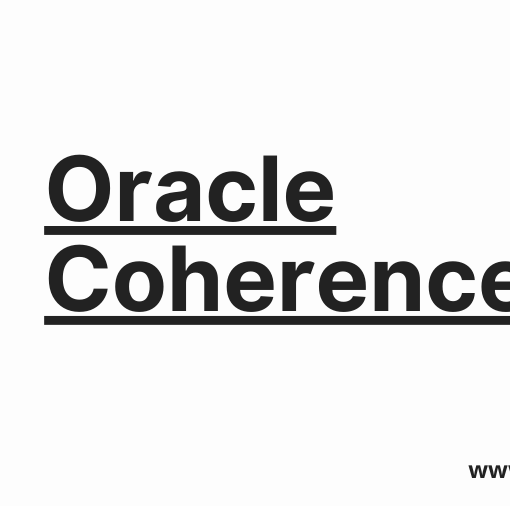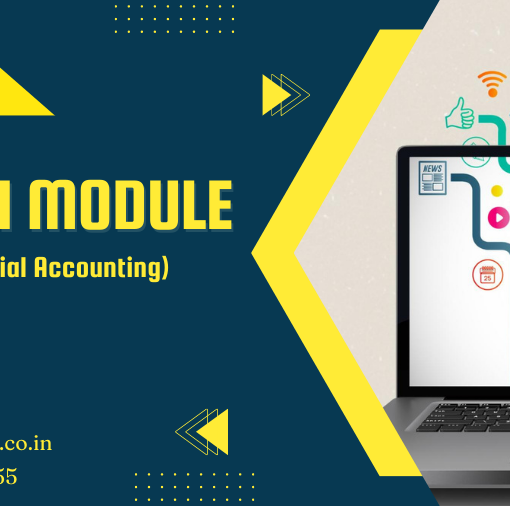SAP ERP full form: Systems, Applications, and Products in Data Processing – Enterprise Resource Planning.
Businesses have recently begun to replace traditional practises with modern technology. ERP (Enterprise Resource Planning system) technologies have become commonplace in enterprises. SAP Full Form As a result, SAP is a widely used ERP system for a variety of commercial applications.
SAP is a programme that many firms employ because it has become well-known in the present corporate environment. Because it differs from other ERP systems, SAP Software has grown in popularity since 2019. In today’s technology-driven environment, SAP offers advantages for transforming enterprises and providing solutions.
SAP is now regarded as a global leader for all of these reasons. SAP Full Form Many individuals are still unfamiliar with SAP, thus our essay will go over every topic in great depth. Let’s start with a definition of ERP and why it’s crucial for a company.
What is ERP, and how does it work?
ERP stands for Enterprise Resource Planning, and it aims to integrate several procedures into a single system, as the name suggests. Finance, supply chain, procurement, manufacturing, HR, and service are all combined in ERP to create business-related planning.
ERP systems are necessary in today’s world to manage business-related tasks. ERP software allows business owners to automate business-related tasks. Procurement, risk management, CRM, project management, and other operations are all part of the business.
As a result, coordinating these tasks to produce a fruitful output for a firm is critical. Let’s start with a definition of ERP and why it’s crucial for a company.
What exactly is SAP?
“Systems Applications and Products in Data Processing” is the full form of “SAP,” which is an ERP system. SAP was originally known as systems analysis programme development, but its German term was “Systemanalyse Programmentwicklung.”
Many people also call the firm “SAP SE” because it is registered with the European Union under corporate law, and SE stands for Societies Europea.
SAP is an initialism, which indicates the correct pronunciation is S-A-P. (pronounce it with individual letters).
Tsira, Plattner, Hector, Hope, and Wellenreuter founded SAP in 1972. The goal was to create software that would allow customers and business processes to be managed more effectively.
As of 2010, SAP had approximately 140,000 locations around the world, with over 25 industry-specific businesses serving over 75,000 clients in 120 countries. That is why SAP is the market leader in ERP software.
Other SAP software competitors, such as Microsoft Dynamics, Oracle, and others, are available. Despite all of this, SAP is regarded as the best of the bunch.
SAP, in a nutshell, encompasses nearly every area of business management. It offers solutions in the areas of inventions, distribution, logistics, and financing, among other things.
What SAP Solutions Do You Have?
SAP provides solutions in a variety of domains, including:
1) Finance and ERP
Financial reports are available through Enterprise Resource Planning. Cash flow estimates based on inventory management and order statuses are included in the reports. This type of report provides financial information while also assisting in business management. It also eliminates redundant entry and reduces errors. Manual data entry allows for this type of entry.
2) Customer Relationship Management and Experience
Customer Relationship Management (CRM) is a method of determining what customers want. It also aids firms in being sensitive to the needs of their customers. Businesses can use a SAP CRM system to improve workflows and increase knowledge exchange. It also helps you manage your accounts better. All of this aids firms in dealing with problems successfully.
3) Spend and Network Management
The practise of managing supplier relationships and firm purchases is referred to as spend management. It assists in identifying money spending and making the most of it. By automating the entire process, SAP leads to increased efficiency. It reduces supply costs and risks by keeping track of what is being brought, who is bringing it, and how much it costs.
4) Digital Supply Chain Management
The use of electronic technologies has resulted in the digital supply. SAP eliminates the usage of paper with its end-to-end digital connectivity. It also removes human data entering and streamlines the process.
5) Human Resources and Employee Engagement
SAP assists with organisational management and attendance tracking. It also aids in the precise checking of payroll and guaranteeing worldwide HR compliance. It enhances an employee’s sentiments of loyalty and devotion to the organisation, as well as their productivity.
6) Experience Administration
SAP Experience Management aids in the monitoring of people’s interactions with the firm. It improves a company’s engagement experience by identifying areas for improvement. It also bridges the gap between businesses and their clients.
7) Platform for Business Technology
Data and Database Management, Analytics, and Intelligent Technologies are all part of the SAP Business Technology Platform. It makes it easier for any company to adjust to market developments on the fly.
8) The Digital Revolution
SAP offers cutting-edge intelligent applications and technology like as artificial intelligence and machine learning. It assists companies and organisations in reinventing themselves, becoming more customer-focused, and increasing revenues.
9) SME’s (Small and Medium-Sized Enterprises)
Small and medium-sized businesses encounter a number of obstacles. Cash flow management, supply chain operations, and employee engagement are all part of it. SAP assists these businesses in comprehending current industry developments. It also aids in the reinvention of a product brand and the acceptance of leadership change.
10) Business Solutions
SAP provides over 25 industry-specific ERP solutions to assist businesses. Companies gain an insight of industry-specific business processes as a result of this. Aerospace and defence, banking, defence and security, insurance, and high-tech are just a few of these industries.
What Are the Benefits of SAP Software?
If you’re a solo worker, we don’t recommend SAP because it’s expensive software. As a result, SAP is appropriate for corporate enterprises and businesses to reach their objectives. If you work for yourself rather than for a company, don’t panic; you’ll be able to use it to improve functioning. SAP is used by several worldwide businesses, including Apple and Coca-Cola.
So there’s no denying that SAP aids business owners in their day-to-day operations. SAP is used by almost every worldwide firm across multiple countries because of its scalability.
What is the basic use of SAP?
SAP (Systems, Applications, and Products) is an enterprise resource planning (ERP) software that provides businesses with a comprehensive suite of integrated applications to manage various aspects of their operations. The basic use of SAP is to facilitate the seamless management and coordination of key business processes across different departments within an organization. Here are the primary uses of SAP:
- Centralized Data Management: SAP serves as a centralized repository for critical business data, including financial information, customer data, vendor details, inventory levels, and more. Having all data in one place ensures consistency, accuracy, and real-time access to information across the organization.
- Streamlined Business Processes: SAP streamlines and automates various business processes, such as financial accounting, procurement, sales and distribution, human resources, production planning, and more. This automation reduces manual tasks, improves efficiency, and minimizes errors.
- Financial Management: SAP provides a robust financial management module that helps organizations manage financial transactions, track expenses, monitor budgets, perform financial reporting, and comply with accounting regulations.
- Sales and Customer Management: With SAP, businesses can manage their sales processes efficiently, from lead generation to order processing, invoicing, and customer relationship management (CRM). This helps improve customer interactions and boosts sales effectiveness.
- Supply Chain Management: SAP facilitates end-to-end supply chain management, enabling businesses to monitor inventory levels, manage procurement, optimize production processes, and ensure timely delivery of products and services.
- Human Resource Management: SAP’s Human Capital Management (HCM) module supports HR functions, including employee data management, payroll processing, talent management, workforce planning, and performance evaluation.
- Reporting and Analytics: SAP offers robust reporting and analytics capabilities that enable organizations to gain insights into their operations, identify trends, monitor key performance indicators (KPIs), and make data-driven decisions.
- Regulatory Compliance: SAP helps businesses adhere to regulatory requirements and industry standards by providing tools for compliance reporting, data privacy management, and audit trails.
- Integration of Business Processes: One of the essential features of SAP is its ability to integrate various business processes. For example, when a sales order is processed, SAP automatically updates the inventory, financial records, and customer data accordingly.
- Customization and Flexibility: SAP can be customized to meet the specific needs and requirements of different industries and organizations. Companies can tailor the system to align with their unique business processes and workflows.
In summary, the basic use of SAP is to provide businesses with an integrated ERP solution that facilitates centralized data management, streamlined business processes, improved efficiency, and informed decision-making. By leveraging SAP, organizations can enhance their operational efficiency, productivity, and overall performance, thereby gaining a competitive edge in the market





